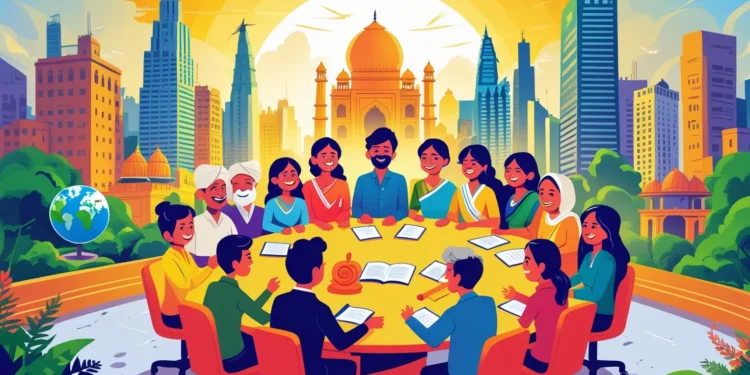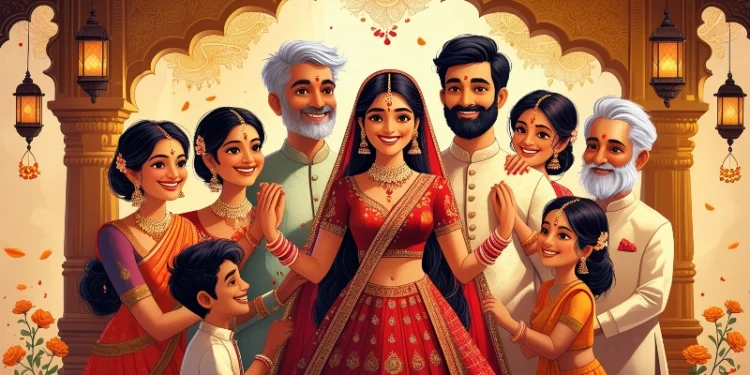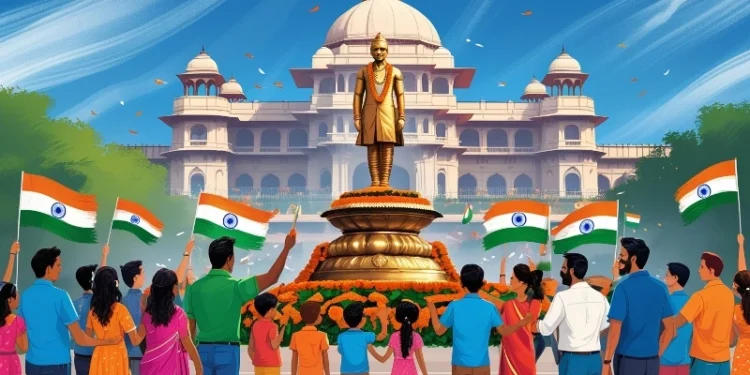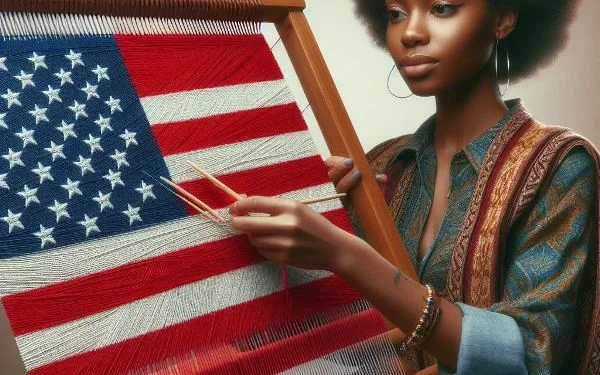The Indian National Congress (INC) has played a pivotal role in shaping the political and social landscape of India. Established in 1885, the Congress began as a forum for educated Indians to express their concerns under British colonial rule.

Over time, it transformed into the primary political party that led India to independence and continues to influence the country’s politics in the postindependence era.
Table of Contents
1. Early Years: Foundation and Initial Goals (1885 1900)
The Indian National Congress was founded in 1885 by Allan Octavian Hume, a retired British civil servant, along with other prominent Indian leaders like Dadabhai Naoroji, Gopal Krishna Gokhale, and Dinshaw Wacha. Initially, the Congress was created to bring together educated Indians to voice their concerns to the British Government.
In its early years, the Congress was moderate in its approach and did not demand immediate independence. Instead, its primary goals were to:
Promote Indian representation in the British government.
Advocate for the rights of Indians within the colonial structure.
Encourage reforms in British policies that would benefit the Indian population.
During this period, the Congress was more focused on social and economic reforms than on political confrontation.
2. The Rise of Nationalism and Demand for SelfGovernance (1900 1920)
The early 20th century saw a rise in Indian nationalism, spurred by the economic exploitation and political disempowerment under British rule. With the increasing influence of new nationalist leaders, the Congress began to shift its focus toward selfgovernance.
The Partition of Bengal in 1905 by the British colonial government became a significant turning point. It was viewed as an attempt to divide and rule by exploiting religious differences. This led to widespread protests and a more assertive stance against British policies.
During this period, leaders like Lala Lajpat Rai, Bal Gangadhar Tilak, and Bipin Chandra Pal emerged as key figures, advocating for selfrule and Indian nationalism. Tilak famously coined the slogan “Swaraj is my birthright”, which resonated with millions of Indians.
The Lucknow Pact of 1916 between the Congress and the AllIndia Muslim League marked the first major attempt at political unity between Hindus and Muslims, with both groups calling for increased representation in the British government.
3. The Gandhian Era: NonViolence and Mass Movements (1920 1947)
The turning point in the Congress’s history came with the arrival of Mahatma Gandhi in 1915. Gandhi brought a new approach to the Indian independence movement with his philosophy of nonviolence (Ahimsa) and civil disobedience. Under his leadership, the Congress became the leading force in the fight for independence.
Gandhi’s famous Champaran Satyagraha in 1917 and Kheda Satyagraha in 1918 were the first major nonviolent movements that mobilized millions of peasants and farmers against colonial policies.
In 1920, Gandhi launched the NonCooperation Movement, calling on Indians to boycott British goods, schools, and institutions, and to refuse to serve in the British army. The movement gained widespread support, and the Congress became a massbased political force. However, the movement was called off in 1922 after the Chauri Chaura incident, where violence erupted between protestors and police.
The Salt March in 1930 was another significant moment in India’s struggle for independence, where Gandhi led a march to the coastal town of Dandi to protest the British monopoly on salt production. This act of defiance galvanized millions across India and solidified Gandhi’s leadership within the Congress and the national movement.
The Quit India Movement in 1942, during World War II, marked the final push for Indian independence. It called for the immediate withdrawal of British forces from India. The British response was to arrest Congress leaders, including Gandhi, but the movement remained a symbol of India’s unwavering demand for freedom.
4. The PostIndependence Era: Leading the New Republic (1947 1980s)
With India’s independence in 1947, the Indian National Congress was at the helm of the new nation. Jawaharlal Nehru, the first Prime Minister of India, was a key figure within the Congress and played a crucial role in shaping modern India’s democratic and socialist framework.
Under Nehru’s leadership, the Congress government pursued policies of economic modernization, social justice, and secularism. The country was divided into states based on language, and efforts were made to integrate diverse regions and communities into the Indian union. Nehru also played a prominent role in international diplomacy, leading India to join the NonAligned Movement during the Cold War.
However, the Congress faced increasing challenges in the postindependence period. The party’s dominance began to wane in the 1960s and 1970s as political opposition grew. The emergency period (197577), declared by Indira Gandhi, the daughter of Nehru, was a controversial time in Congress history, marked by curbs on civil liberties and authoritarian governance. Despite this, Gandhi’s leadership during the 1971 IndoPak war and her emphasis on economic selfreliance earned her significant support.
5. Decline and Challenges: 1980s Present
In the 1980s and beyond, the Indian National Congress struggled to maintain its dominance. The assassination of Indira Gandhi in 1984 and the subsequent rise of Rajiv Gandhi marked a new phase for the party. However, Rajiv’s tenure faced challenges, including allegations of corruption and the party’s failure to address key socioeconomic issues effectively.
In the 1990s, the Congress faced a series of electoral defeats as new political parties, such as the BJP (Bharatiya Janata Party), began to rise to prominence. The Congress’s influence declined further in the face of regional parties gaining ground in various states.
By the early 2000s, Congress made a comeback under Sonia Gandhi’s leadership. The Congress, in alliance with other parties, formed the United Progressive Alliance (UPA), and Manmohan Singh served as the Prime Minister of India from 2004 to 2014. During this period, India experienced strong economic growth and economic liberalization, but the party also faced criticism for issues like corruption and governance challenges.
In 2014, the Congress suffered a heavy defeat in the general elections, which led to the rise of the BJP and the Narendra Modi government.
6. The Congress Today
The Indian National Congress remains one of the largest political parties in India, though it faces challenges in maintaining its traditional support base in an increasingly polarized political landscape. The 2019 elections saw another significant defeat for the Congress, and it continues to struggle in regaining its position as the dominant political force.
Despite these challenges, the Congress still plays a crucial role in India’s democratic framework and continues to champion causes such as secularism, social justice, and economic equity.
Conclusion
The Indian National Congress has played a central role in India’s political history, from its inception in the late 19th century to its leadership in the independence movement and its postindependence governance. While it faces challenges in modern Indian politics, its legacy as the party that led the struggle for independence and its contribution to the shaping of India as a republic remains significant.
10 FAQs about the Indian National Congress (INC)
What is the Indian National Congress (INC)?
The Indian National Congress is a major political party in India, founded in 1885, which played a central role in the country’s struggle for independence and continues to be a key player in Indian politics.
Who founded the Indian National Congress?
The Indian National Congress was founded by Allan Octavian Hume, along with prominent Indian leaders such as Dadabhai Naoroji, Gopal Krishna Gokhale, and Dinshaw Wacha.
What was the original purpose of the Indian National Congress?
Initially, the Congress aimed to provide a platform for educated Indians to voice their concerns and seek reforms from the British colonial government.
Who was the most influential leader of the Indian National Congress?
Mahatma Gandhi is regarded as the most influential leader of the INC, as he led the party through key movements like the NonCooperation Movement, Salt March, and Quit India Movement.
What was the role of the Indian National Congress in India’s independence?
The INC was the leading political party in the fight for Indian independence. It mobilized the masses, led nonviolent resistance movements, and negotiated with the British for independence.
What was the impact of the Lucknow Pact of 1916?
The Lucknow Pact was an agreement between the Indian National Congress and the AllIndia Muslim League to present a united demand for selfgovernance to the British government.
What happened during the Quit India Movement of 1942?
The Quit India Movement was a mass protest launched by the Congress, demanding immediate British withdrawal from India. It led to widespread arrests, including that of Gandhi and other Congress leaders.
Who was the first Prime Minister of India from the Congress?
Jawaharlal Nehru, a senior Congress leader, became the first Prime Minister of independent India in 1947.
What happened to the Indian National Congress after independence?
Postindependence, the Congress led the government of India for several decades. However, its influence began to decline in the 1980s and 1990s, especially with the rise of the BJP.
Is the Indian National Congress still active today?
Yes, the Indian National Congress is still an active political party, although it faces significant challenges in maintaining its support base and leadership in contemporary Indian politics.





